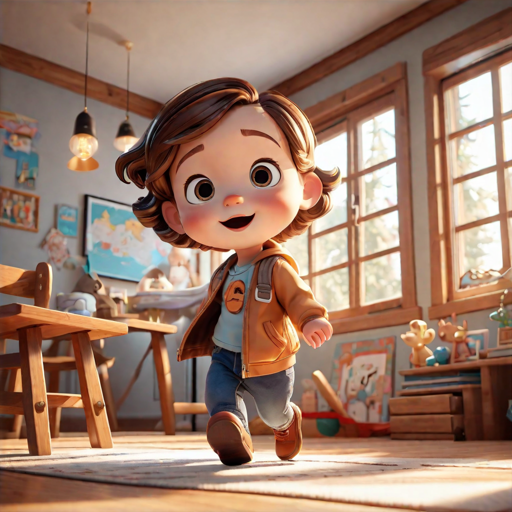Common Challenges and Solutions:
- Stiffness and Unnatural Movement: This can occur when keyframes lack in-between frames, creating a jerky motion. Solution: Use techniques like splining or onion skinning to add smooth transitions between keyframes. Studying reference footage of real-life movements can also significantly enhance realism.
- Inconsistent Character Design: Maintaining a consistent character design throughout your animation is crucial for visual appeal and audience recognition. Solution: Create model sheets that establish key design elements like proportions, expressions, and color palettes. Utilize these sheets as a reference throughout the animation process.
- Storyboarding Struggles: Storyboards act as the roadmap for your animation. Struggling with clarity or narrative flow can hinder production. Solution: Focus on clear composition, concise framing, and strong character expressions in each panel. Utilize notes to clarify details and refine the boards based on feedback. You can also try storyboarding software for added features and ease of use.
- Technical Difficulties: Animation software can be complex, and encountering technical issues is frustrating. Solution: Consult your software's documentation or online resources for troubleshooting guides. Online forums and communities can often provide valuable insights and solutions from other animators.
Tips for Improvement:
- Practice consistently: The more you animate, the more comfortable and skilled you become. Dedicate time to short animation exercises to hone specific skills like character animation, lip syncing, or special effects.
- Seek feedback: Share your work with trusted peers or mentors and ask for constructive criticism. This can help identify areas for improvement and provide valuable insights you might have missed.
- Study animation principles: Understanding the fundamental principles of animation, such as timing, anticipation, follow-through, and squash and stretch, is vital for creating believable and engaging movement.
Resources for Further Learning:
- Online courses and tutorials: Numerous online platforms offer animation courses and tutorials, catering to various skill levels and software.
- Animation books and websites: A wealth of information exists online and in libraries. Explore books and websites dedicated to animation techniques, character design, and specific software programs.
- Animation communities: Join online forums or local animation groups to connect with other animators, share your work, and learn from their experiences.
Remember: Overcoming animation challenges is a continuous journey. By embracing these tips and resources, staying persistent, and constantly learning, you can transform your animation skills and bring your creative vision to life with confidence.













